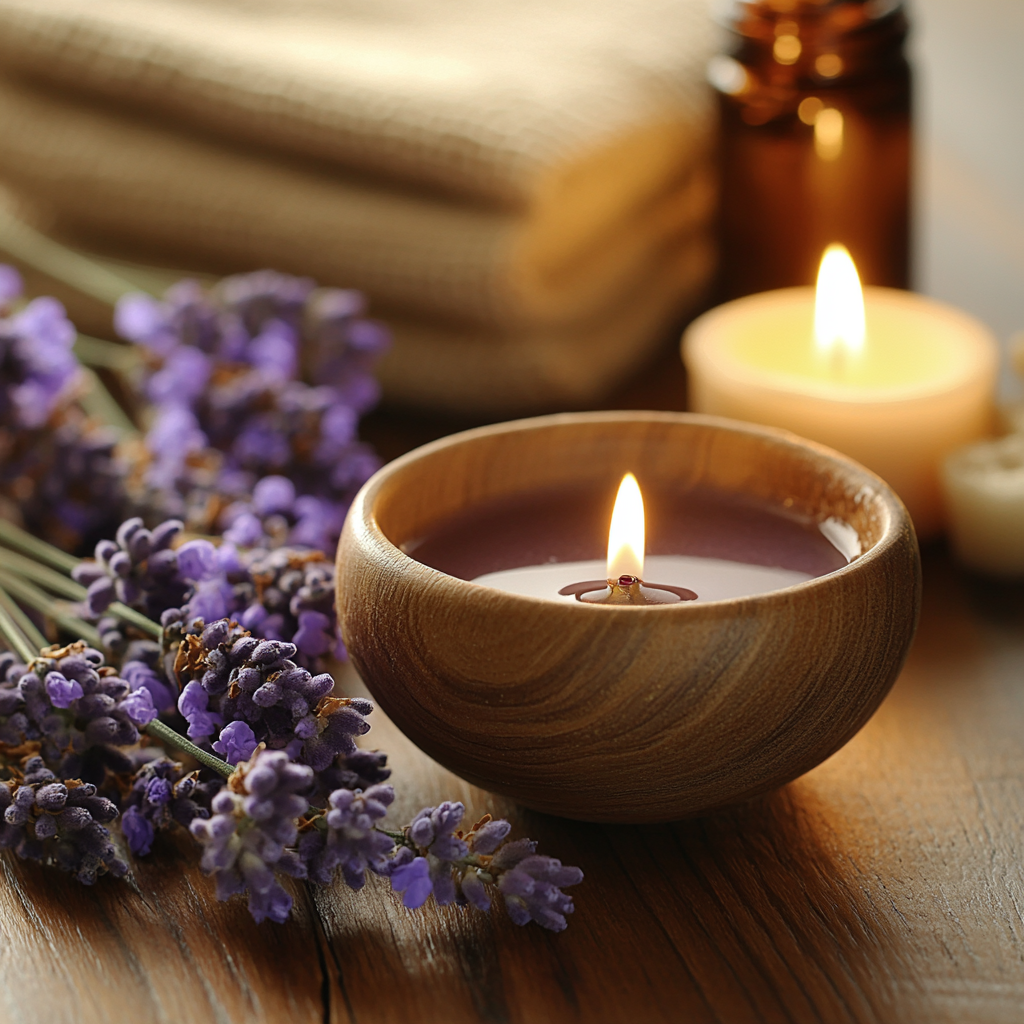Aromatherapy, the art of using essential oils to improve physical and emotional well-being, is becoming increasingly popular. Essential oils extracted from plants have unique properties that help you relax, relieve stress and improve your overall well-being.
Basic principles of aromatherapy: History and theory
Aromatherapy has ancient roots, dating back to the traditions of Ancient Egypt, Greece and China. Even then, people knew about the healing properties of plants and used them to treat various ailments. Modern aromatherapy is based on knowledge about the chemical composition of essential oils and their effect on the nervous system and emotional state of a person. The basic principle Aromatherapy is the idea that certain scents can cause positive changes in mood and health.
Essential oils can be used for stimulation, relaxation, improved concentration and sleep, and to treat physical conditions such as headaches and muscle tension. This happens thanks to the molecules contained in the oils, which, penetrating through the olfactory system, affect the brain and cause appropriate reactions. Aromatherapy can also be used as an adjuvant method in the treatment of psychological conditions such as depression and anxiety.
Popular essential oils for relaxation and their properties
Essential oils used for relaxation have unique properties that help reduce stress and create a state of calm. Here are some of the most popular oils and their main properties:
- Lavender: Known for its calming properties, helps relieve stress and improve sleep.
- Melissa: Has a mild calming effect, helps with anxiety and insomnia.
- Sandalwood: Has a deep, warm aroma, promotes meditation and deep relaxation.
- chamomile: Suitable for use before bed, helps calm and relax.
- Ylang-ylang: Has a sweet floral aroma, helps lower blood pressure and improve mood.
These oils can be used individually or in blends to create unique compositions that enhance their relaxing properties. It is important to remember that each person may react differently to odors, so the selection of oils should be individual.
Methods of using essential oils: Inhalation, massage, baths
There are several methods of using essential oils, each with their own benefits. Inhalation is the simplest and most affordable way: essential oils are added to a diffuser or evaporator, creating an aromatic atmosphere in the room. This method helps you achieve relaxation quickly and can be used anywhere.
Massage using essential oils is another effective way to combine the relaxing effects of aroma with the therapeutic effects of massage. To do this, the oils are added to a carrier oil such as almond or coconut and applied to the skin. Baths with essential oils are also widely used for relaxation. A few drops of oil are added to water, which helps relieve muscle tension and calm the nervous system.
Combining Essential Oils: How to Create Harmonious Blends
Creating harmonious blends of essential oils is an art that requires an understanding of the chemical and aromatic properties of the oils. Some oils combine well with each other, enhancing each other’s effect. For example, lavender, lemon balm, and chamomile create a blend that can help improve sleep and relieve anxiety. Ylang-ylang and sandalwood can be mixed to create a deeply relaxing effect suitable for meditation.
When creating mixtures, it is important to consider not only the aroma, but also the therapeutic properties of the oils. Some oils can enhance or soften the effects of others, so experimentation and careful selection are key to creating effective formulations. It is important to remember that essential oils are concentrated substances and their use requires caution and dosage.
Precautions: Safe Use of Essential Oils
Essential oils are powerful substances, and their improper use can lead to negative consequences. Some oils may cause allergic reactions, skin irritation, or increased sensitivity to the sun. Therefore, before using the oil, you should test on a small area of skin and always dilute the essential oil in a carrier oil for external use.
It is also important to remember that essential oils should not be taken internally without consulting a qualified professional, as this may pose health risks. Pregnant women, children and people with chronic illnesses should use essential oils with caution and only after consulting a doctor. Safe Use of Essential Oils also includes proper storage: oils should be stored in dark glass bottles in a cool place to preserve their properties.
Aromatherapy using essential oils is an effective way to achieve relaxation and improve overall well-being. Proper use of oils, knowledge of their properties and methods of application can significantly improve the quality of life, helping to cope with everyday stress and tension. It is important to remember precautions and individual selection of oils to achieve the best results.
Yes, but you should use gentle and safe oils, such as lavender and chamomile, in small concentrations and only after consulting your pediatrician.
Essential oils of lavender, lemon balm and sandalwood are known to promote relaxation and improve sleep quality.

